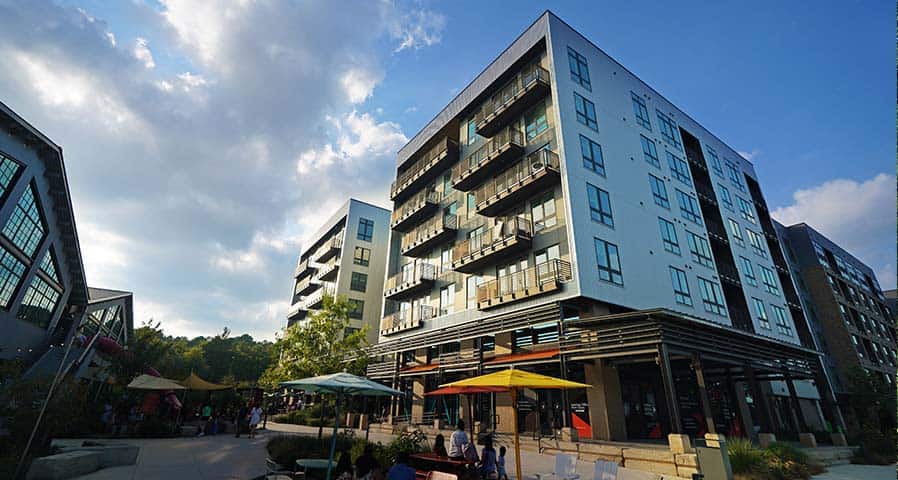As energy costs continue to rise, businesses are increasingly looking for ways to maximize energy savings. One of the most common dilemmas companies face is whether to maintain their current systems or invest in retrofitting with newer, more efficient technology. Both options offer benefits, but the best choice depends on factors such as budget, energy consumption, and long-term savings goals.
In this blog, we’ll explore the advantages of maintaining existing systems through effective operations and maintenance (O&M) practices, as well as the benefits of retrofitting for maximum energy savings, particularly when commercial rebates are available.
Maintaining Existing Systems
Regular maintenance can significantly improve the energy efficiency of your building without the need for substantial capital investment. A well-run operations and maintenance program can:
- Reduce energy consumption
- Lower operating costs
- Decrease the risk of equipment failure
- Improve occupant comfort
- Increase the building’s net operating income (NOI)
Tune It Up: Regular assessments are essential to the health of operating systems. Tune ups can include:
- Evaluating current systems
- Check equipment calibration
- Ensure controls and schedules are optimized
This might include reviewing HVAC schedules, lighting use, and other energy-dependent systems. Implementing quick fixes, such as optimizing schedules, can lead to immediate savings.
Turn It Off: One of the simplest yet most effective ways to save energy is to turn equipment off when it’s not in use. Automatic controls and timers can ensure that lights and HVAC systems aren’t running when the building is unoccupied. Investing in a simple energy management system (EMS) can automate this process, leading to quick paybacks.
Check It Out: Preventative maintenance extends equipment life, gets ahead of potential problems, and avoid energy waste. Routine inspections catch inefficiencies in systems can prevent bigger and more expensive fixes in the future.
When property managers take care of their systems effectively, they can avoid unnecessary expenditures. However, maintenance has its limits. As equipment ages, it becomes less efficient, and the cost of maintenance can start to outweigh the benefits.
Retrofit for Maximum Energy Savings
If you’re looking to take energy savings to the next level, retrofitting is often the more efficient option. Upgrading outdated systems with modern, energy-efficient technology can reduce energy consumption by a substantial margin, providing long-term savings and faster payback periods when combined with commercial rebates.
Why Retrofit? Modern systems, particularly lighting and HVAC equipment, are designed with energy efficiency in mind. Retrofitting outdated lighting systems with LEDs, for example, can save up to 70% in energy consumption compared to incandescent bulbs. These systems also offer better customization options, such as dimming and scheduling controls, allowing businesses to fine-tune their energy use.
Faster Paybacks with Commercial Rebates: One of the biggest advantages of retrofitting is the availability of commercial rebates. Many utility companies offer financial incentives to businesses that upgrade to energy-efficient technology. These rebates can significantly reduce the upfront cost of retrofitting, making it more accessible for businesses with tighter budgets.
Partnering with Rebate Experts: When working with Incentive Rebate360, our rebate experts will research incentives that suit your needs and streamline the rebate process during retrofit projects.
Expanding Our Value to Clients
“Incentive Rebate360 has been an outstanding partner in helping us expand the value we deliver to our clients. Their rebate recovery services have become a seamless extension of our turnkey lighting, signage, and electrical solutions, maximizing project savings without adding complexity. Their expertise and responsiveness continue to impress.”
Maintenance vs. Retrofit
Choosing between maintain an existing system or a brand-new retrofit comes down to cost. If equipment is outdated, requires frequent repairs and wastes energy, then a retrofit may be needed to save money long term. However, if your system requires minimal repairs and operates efficiently, then maintenance would be the better option.
Consider the following factors:
- Age of Equipment: Older equipment is less efficient, even with regular maintenance. Retrofitting can bring immediate improvements in energy consumption.
- Energy Usage: Businesses with high energy consumption may see faster paybacks from retrofits, especially when combined with commercial rebates.
- Budget: Retrofitting requires an upfront investment but can offer long-term savings that outweigh maintenance costs.
Retrofit Rebates with Incentive Rebate360
Maintenance and retrofits have their pros and cons. The choice between maintenance and retrofits depends on what the specific needs of a business are. Businesses will seek out a retrofit when upgrading old equipment that is not working properly or uses too much energy. If a business already has a newer system, then regular inspections and maintenance would be the best choice.
Incentive Rebate360 offers expert rebate management services. If you are seeking out ways to offset the costs of your retrofit or upgrade projects, reach out to our specialists. Contact us today by calling 480-653-8180, emailing [email protected], or scheduling a call that fits your needs by clicking the button below!







0 Comments